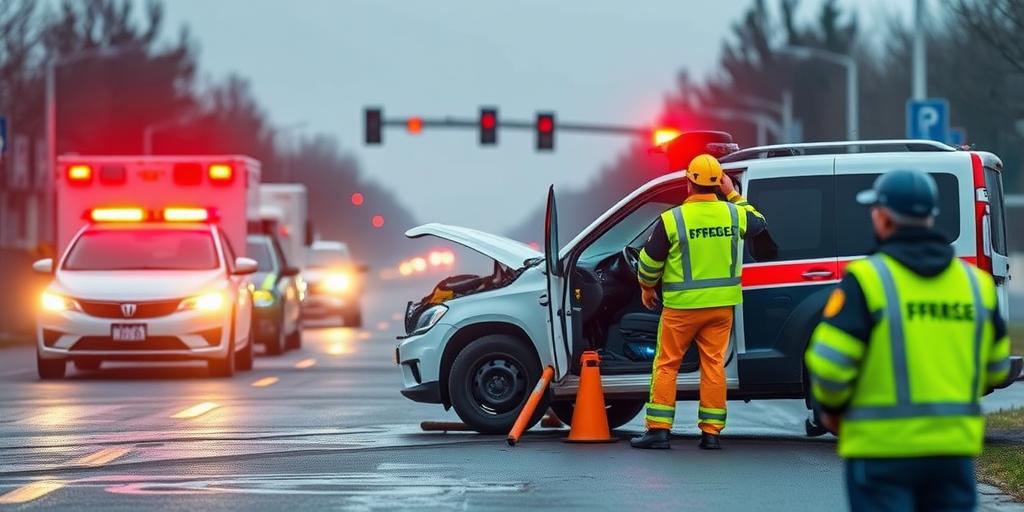Okay, so, picture this: you're cruising down the street, maybe jamming to your favorite tunes, when suddenly you see flashing lights in the rearview. But wait, it's not just any car accident – it involves an autonomous vehicle (AV). Woah, right? Now, how prepped are our emergency services for this kinda situation? Let's dive in!
The Dawn of the Driverless Era
Self-driving cars are no longer sci-fi. They’re here, and they’re becoming more common every day. This tech leap brings a ton of potential benefits – fewer accidents, smoother traffic, and increased mobility for everyone. But, let's be real, it also throws a curveball at our emergency responders.
Why AV Accidents Are Different
So, what makes responding to an AV incident different from your everyday fender-bender? Glad you asked!
- Tech Overload: AVs are basically computers on wheels. Understanding how to safely disable them, access data, and prevent further hazards requires a whole new skillset.
- Data, Data Everywhere: These cars record a ton of data – speed, sensor readings, you name it. This data is crucial for accident investigations but also raises privacy concerns. Gotta handle it right!
- Who’s in Charge?: Determining liability can get tricky. Is it the car manufacturer, the tech company, or maybe even the passenger? Navigating this legal maze is a whole new ballgame.
Getting Our Heroes Ready
So, how do we make sure our emergency services are ready to roll when AV incidents happen? Here’s the lowdown:
- Training, Training, Training: First responders need specialized training to deal with AVs. This includes how to safely approach, disable, and extract people from these vehicles. Think of it as learning a new language – but for cars!
- Tech Tools: Equipping emergency vehicles with the right tech is crucial. This might include software to interface with AVs, tools to access vehicle data, and drones for aerial assessments.
- Collaboration is Key: Getting everyone on the same page – fire departments, police, hospitals, and AV manufacturers – is essential. Regular joint exercises and shared protocols can make a huge difference.
- Public Awareness: Let's not forget the public! Educating people about AV safety and how to interact with these vehicles can prevent accidents and keep everyone safer.
Real Talk: Challenges Ahead
Alright, it’s not all sunshine and rainbows. There are definitely challenges to tackle:
- Keeping Up with Tech: AV tech is evolving faster than ever. Constant updates and ongoing training are a must to stay ahead of the curve.
- Funding: Let's be real – all this training and tech costs money. Securing adequate funding is critical to ensure our emergency services are well-prepared.
- Standardization: Creating standardized protocols and equipment across different regions can prevent confusion and streamline responses.
The Road Ahead
Autonomous vehicles are changing the game, and it’s up to us to make sure our emergency services are ready to play. By investing in training, tech, and collaboration, we can ensure that our first responders are well-equipped to handle AV incidents and keep our communities safe. Stay safe out there!




